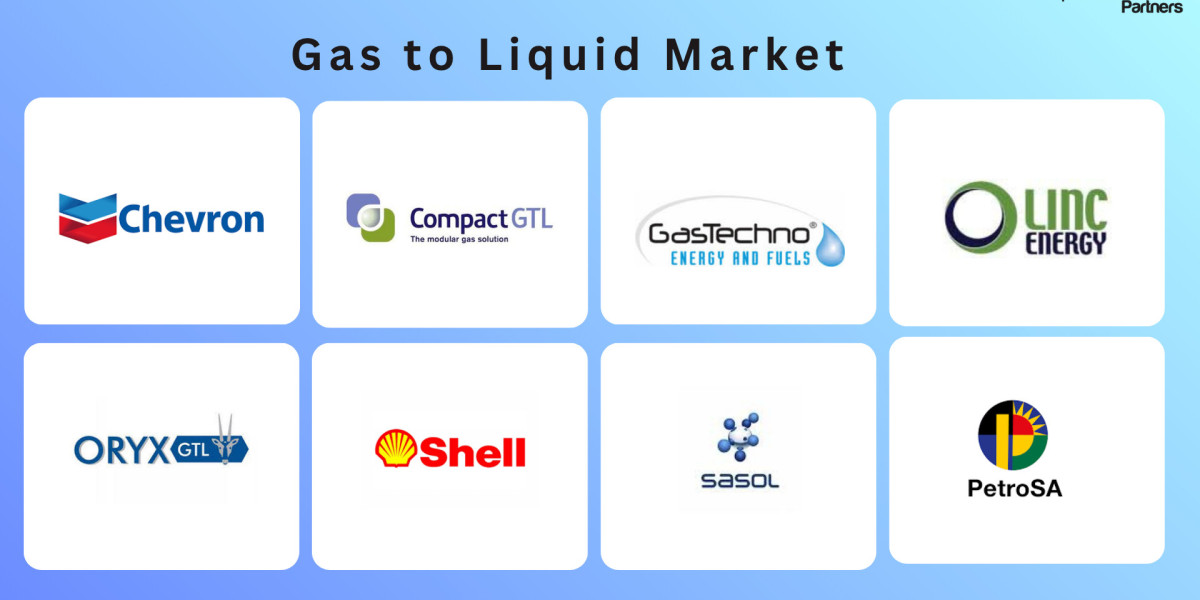The Gas to Liquid (GTL) market is an increasingly vital segment of the energy sector, focusing on the conversion of natural gas, and other gaseous hydrocarbons, into high-quality liquid fuels and chemical feedstocks. This consistent growth highlights the strategic importance of GTL in the evolving energy landscape.
Several key factors are driving this market:
- Abundance of Natural Gas Reserves: Many regions globally possess vast natural gas reserves that are economically challenging to transport to market via traditional pipelines. GTL technology offers a viable pathway to convert this gas into easily transportable liquid products.
- Increasing Demand for Cleaner Fuels: GTL-produced fuels, such as GTL diesel and GTL naphtha, are ultra-clean, virtually sulfur-free, and exhibit superior combustion properties. This makes them highly attractive in a world increasingly focused on reducing emissions and meeting stringent environmental regulations (e.g., IMO sulfur cap). The transportation sector, particularly, is a major end-use application, holding over 51.6% share.
- Energy Security and Diversification: For nations with abundant natural gas but limited crude oil resources, GTL provides a means to enhance energy security by producing domestic liquid fuels, reducing reliance on volatile crude oil imports.
- Technological Advancements: Continuous research and development in GTL processes, particularly in Fischer-Tropsch synthesis (which holds over 49.7% market share by technology), are improving efficiency, reducing capital costs, and enabling the development of smaller, modular GTL plants. This makes GTL projects more economically viable and deployable in diverse locations.
Geographically, the Middle East & Africa region holds a dominant position in the GTL market, accounting for nearly 48.5% of the market in 2023. This is primarily due to the region's vast natural gas reserves and established GTL operations. However, other regions, including Asia Pacific and North America, are also witnessing increased interest and investment in GTL projects.
Despite the positive outlook, the GTL market faces challenges. The high capital expenditure (CAPEX) required for building and operating GTL plants remains a significant barrier to entry, favoring large, established corporations. Furthermore, the volatility of crude oil prices can directly impact the profitability and competitiveness of GTL products.
Leading players in the GTL market include Sasol Ltd., Shell Plc, QatarEnergy, Chevron Corporation, and Velocys plc. These companies are continually innovating, exploring opportunities in sustainable aviation fuels (SAF) through GTL and integrating carbon capture technologies to further enhance the environmental profile of GTL products, solidifying its role in a cleaner energy future.
Get Sample Report: https://www.theinsightpartners.com/sample/TIPRE00021812
Author's Bio:
Nilesh Shinde
Senior Market Research expert at The Insight Partners








